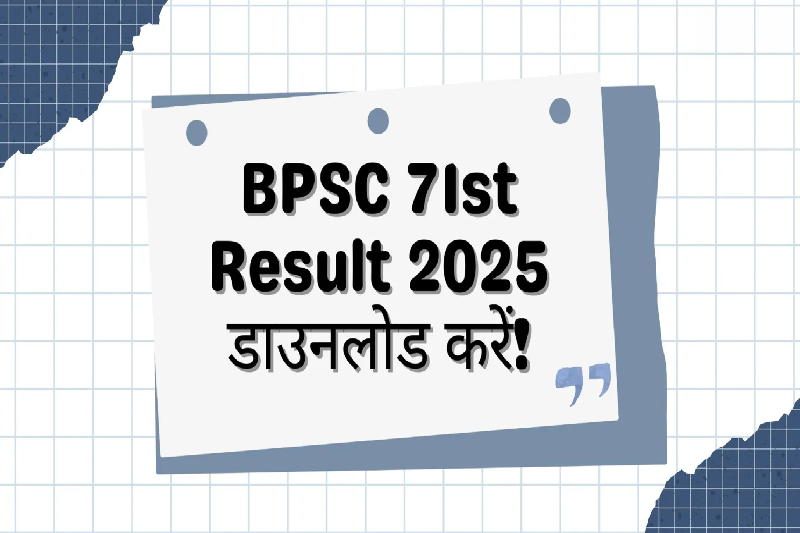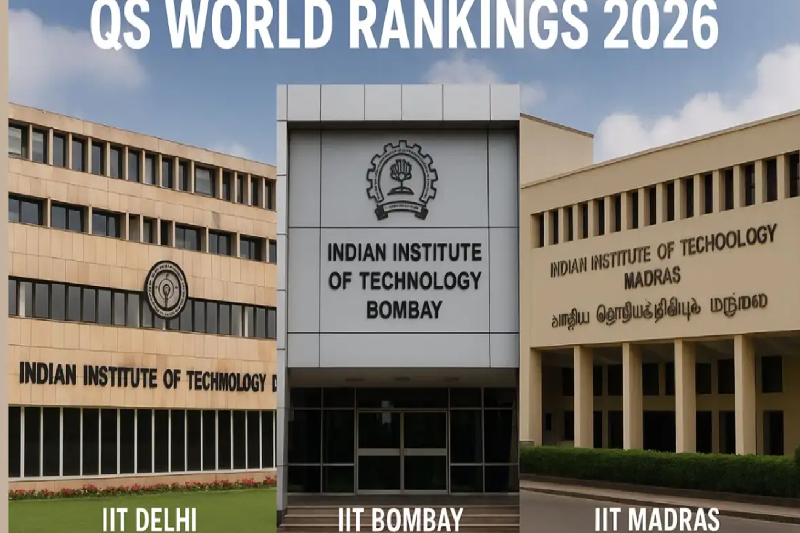
Columbia Students Face Uncertainty as University Fights to Restore $400 Million in Federal Funds
As Columbia University enters a crucial phase in its ongoing dispute with the Trump administration, students are uncertain that the heart of the matter lies in the suspension of nearly $400 million in federal funding. This decision has not only disrupted research and academic programs but also shaken the institution’s reputation and operational stability. With negotiations ongoing and the fall semester fast approaching, Columbia’s academic community is anxiously awaiting clarity on the road ahead.
The Origin of the Dispute: Allegations and the Federal Freeze
The Trump administration withdrew the university’s federal funding in March 2025, citing Columbia’s alleged failure to protect Jewish students during pro-Palestinian campus protests. This unprecedented move affected critical funding streams, including research grants, fellowships, and student support programs.
The government claimed that the university failed to act decisively to prevent harassment and discrimination amid campus unrest, raising concerns over its commitment to ensuring student safety. In response, Columbia officials acknowledged the complexity of balancing free expression with inclusivity and student welfare—but rejected the notion that the institution had failed in its duties.
Students Bear the Brunt: Funding Freeze Disrupts Academic Life
The impact of the funding suspension has been deep and immediate, particularly for students whose academic and financial trajectories rely on federally supported resources. The revoked funding spans:
- Research Grants in STEM, medicine, public policy, and the social sciences
- Work-Study Programs that provide income and tuition support
- Student Fellowships that fund advanced study and thesis research
- International Internships and Exchange Programs backed by federal agencies
Graduate students engaged in federally funded research have reported delays in stipends, hiring freezes, and access to lab equipment. Undergraduate students relying on work-study opportunities have found themselves scrambling for alternative employment, jeopardizing their ability to stay enrolled.
Beyond academics, the freeze affects vital areas of university life—curbing participation in global programs, restricting data access, and delaying ongoing projects that form the core of students' professional development.
Behind Closed Doors: Columbia and the Government Continue Negotiations
Although initial discussions hinted at the possibility of a consent decree—a legal agreement that would place Columbia under the watch of a federal judge—recent drafts of a potential resolution have taken a less aggressive turn. The current proposal leans toward the appointment of an external monitor with limited oversight powers, intended to ensure compliance with federal guidelines related to student safety, protest protocols, and campus inclusion.
While this shift marks a slight softening in the administration’s stance, it still underscores a serious effort to hold the university accountable. However, federal representatives maintain that compliance mechanisms must be robust, especially concerning anti-Semitism response protocols and regulations on campus demonstrations.
Some of the proactive steps already taken by Columbia include:
- Restricting the use of masks and face coverings during demonstrations
- Increasing the presence and authority of campus security personnel
- Hosting internal reviews of protest-related incidents and complaint procedures
Still, these measures have not satisfied federal authorities, who continue to demand additional safeguards before considering fund restoration.
The Bigger Battle: Autonomy vs Accountability
Perhaps the most complex element of this standoff is Columbia’s resistance to ceding institutional autonomy. The university has consistently emphasized its commitment to academic freedom, arguing that while it takes student safety seriously, the terms of compliance must not infringe upon its right to govern independently.
Key areas Columbia insists must remain under its jurisdiction include:
- Curriculum design and implementation
- Faculty hiring and tenure decisions
- Student admissions and disciplinary policies
University officials argue that allowing federal interference in these domains would set a dangerous precedent—threatening the foundational principles of liberal education and self-regulation. The administration, however, maintains that when public funds are involved, institutional accountability must meet national standards of safety and inclusion.
The Human Cost: Students in Limbo as the Semester Nears
For the more than 33,000 students at Columbia University, the uncertainty is no longer just administrative—it’s deeply personal. As the fall semester approaches, students remain in the dark about the availability of research roles, internships, lab access, and even tuition assistance.
Several academic departments are reportedly working with reduced operational budgets, resulting in the freezing of new assistantship positions and delayed faculty-led research projects. First-generation and international students, already navigating the complexities of higher education, are among the most vulnerable, facing abrupt interruptions in academic planning.
Some students have begun considering transfers or deferring enrollment, while others are pressing the university for regular updates and contingency plans—steps Columbia has been slow to take due to the ongoing confidentiality of the negotiations.
Conclusion: A Defining Moment for University Governance
The Columbia funding crisis is more than a bureaucratic standoff—it’s a defining moment in the larger debate over how far the federal government can and should go in regulating higher education institutions, especially those that receive public funds.
While the university remains steadfast in defending its governance structure, the Trump administration continues to push for firm compliance protocols, arguing that student safety cannot be sacrificed for academic autonomy.
As negotiations continue, what remains clear is that students—who are not responsible for the situation—are paying the highest price. Their future now hinges on how swiftly, and fairly, both parties can reach an agreement that protects institutional values without compromising equity, inclusion, or education quality.



